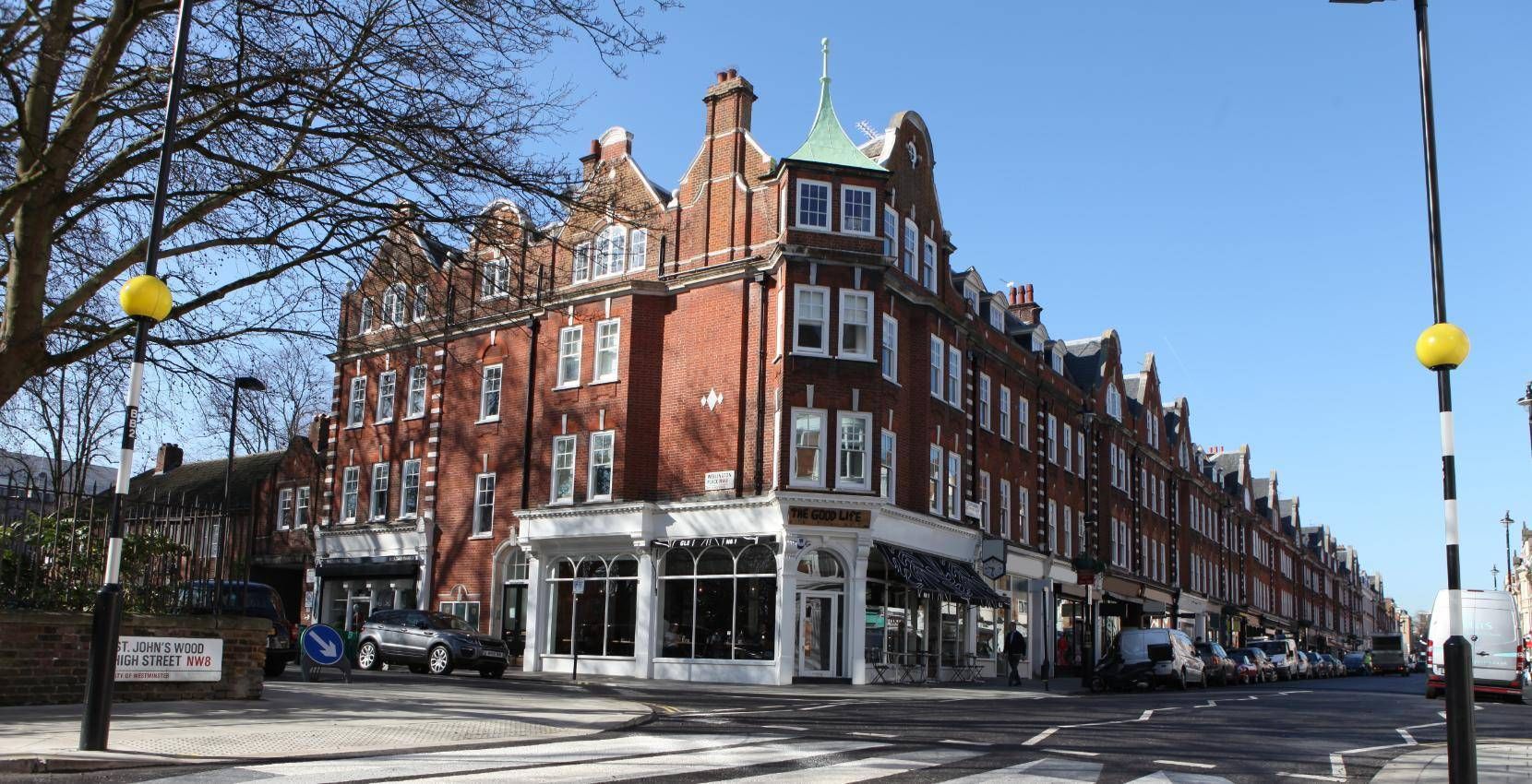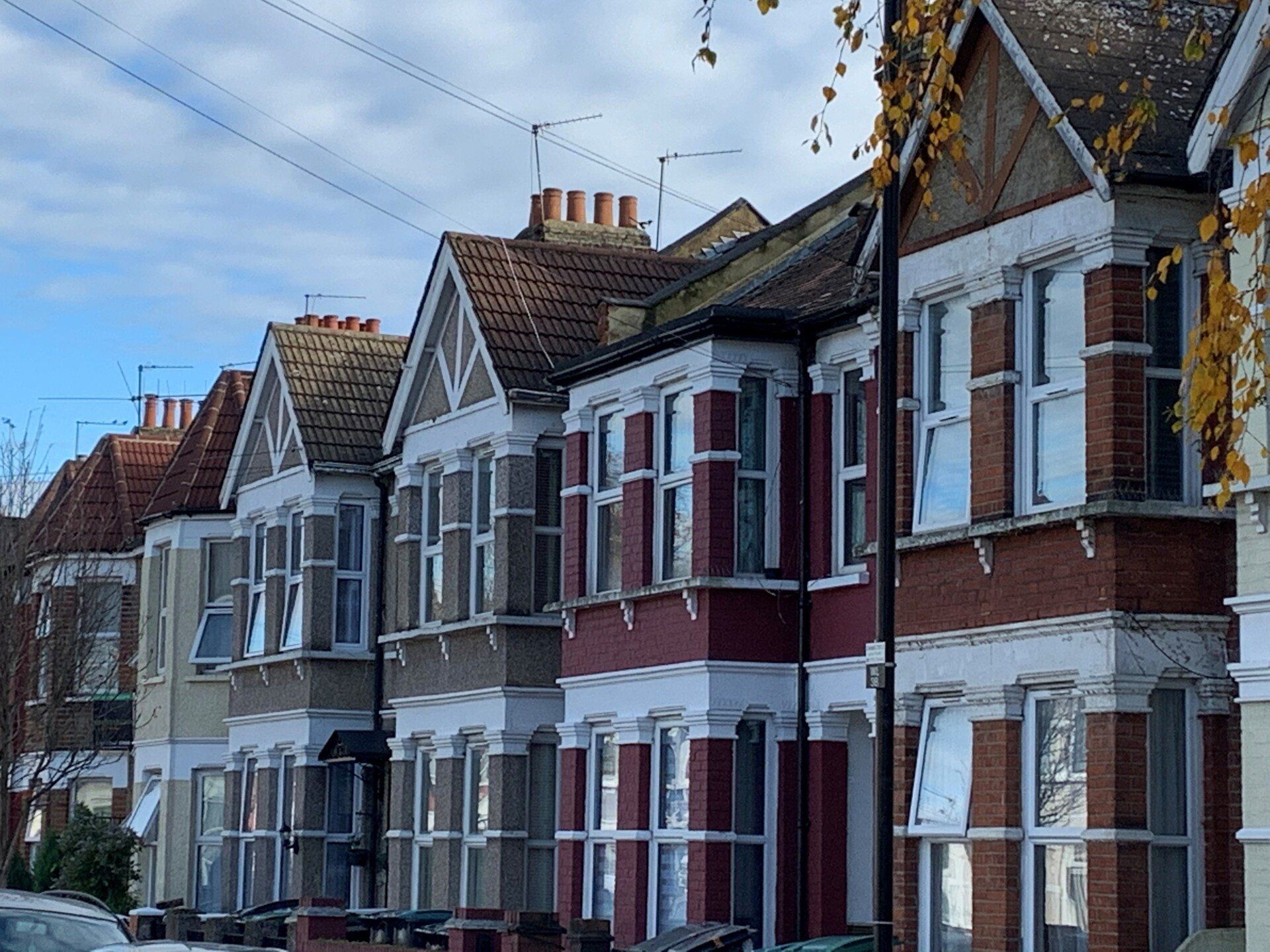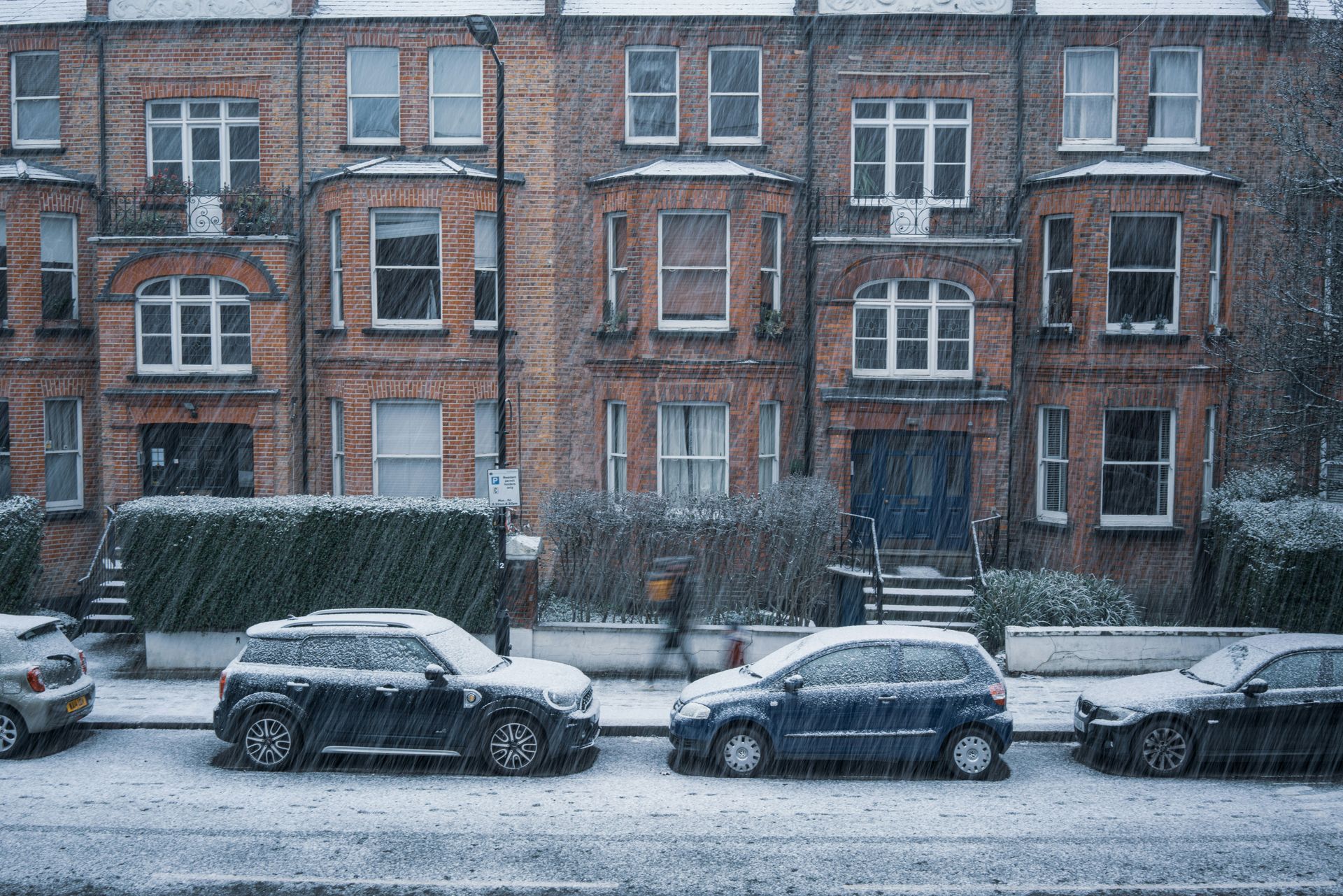Party Wall Surveyor vs Architect: Understanding Their Roles in Renovation

Renovating your home is an exciting journey—whether you’re adding a loft, extending the kitchen, or digging a basement. However, any renovation involving shared walls or boundaries often requires more than just a creative design. It demands compliance with legal obligations, particularly under the Party Wall etc. Act 1996. This is where a Party Wall Surveyor comes in.
At the same time, an Architect plays a crucial role in designing and planning your dream space. Many homeowners confuse these two roles or believe one can replace the other. While they sometimes work together, their responsibilities are distinctly different.
In this blog, we’ll explore the key differences, responsibilities, and how both professionals contribute to a smooth and successful renovation.
What Is a Party Wall Surveyor?
A Party Wall Surveyor is a specialist appointed under the Party Wall etc. Act 1996, which governs work on shared walls (known as party walls), boundary walls, and excavations near neighbouring properties.
Their primary role is to:
- Protect the rights of both the building owner and the adjoining owner(s)
- Prevent or resolve disputes before construction begins
- Draft a legally binding Party Wall Award outlining the scope and manner of work
Importantly, they act independently and impartially, even if hired by one party.
What Is an Architect?
An Architect is a trained professional responsible for:
- Designing the structure
- Ensuring aesthetic, functional, and structural aspects of the project
- Preparing drawings and technical specifications
- Navigating planning permissions and building regulations
They collaborate with engineers, contractors, and surveyors to bring your renovation vision to life.
When Do You Need a Party Wall Surveyor?
You need a Party Wall Surveyor only if your renovation involves:
- Work on a wall shared with a neighbour (e.g., terraced or semi-detached houses)
- Building a wall on the boundary line
- Excavating within 3–6 metres of a neighbour’s property (e.g., for foundations or basements)
Examples of notifiable works:
- Loft conversions with steel beams on a party wall
- Chimney breast removal
- Rear extensions that touch a shared wall
- Underpinning or digging near neighbouring foundations
In these cases, you must serve a Party Wall Notice to your neighbour(s). If they dissent or don't respond, a Party Wall Surveyor must be appointed.
When Do You Need an Architect?
An architect is essential when your project involves:
- Major redesigns or extensions
- Structural alterations
- Changes affecting the layout, light, space, or usability
- Compliance with local planning permission and building regulations
They help you:
- Maximise space creatively
- Ensure building safety and sustainability
- Navigate regulatory red tape
- Select appropriate materials
For complex builds or aesthetic goals, an architect is often indispensable.
Can One Replace the Other?
No, an architect cannot act as a Party Wall Surveyor unless they have specialist training and are appointed under the Party Wall Act.
Similarly, a Party Wall Surveyor cannot design your renovation or create building plans unless they’re also qualified as an architect, which is rare.
In some projects, both professionals are needed:
- The architect designs the extension and applies for planning approval.
- The Party Wall Surveyor ensures neighbours are legally notified and disputes are handled.
Think of them as part of a renovation team, each playing their unique part.
Working Together: A Real-World Example
Imagine you're extending the rear of your semi-detached house:
- Your architect designs the layout, prepares the floor plans, and secures planning permission.
- During the process, you realise the construction will affect the shared wall with your neighbour.
- You serve a Party Wall Notice with help from a Party Wall Surveyor.
- The neighbour dissents, and your surveyor drafts a Party Wall Award, outlining working hours, method statements, and access rights.
- With the Award in place, your builders proceed without legal risks.
Here, both roles are critical. Ignoring one could cause delays, legal trouble, or neighbour disputes.
What Happens If You Skip Hiring a Party Wall Surveyor?
This is a common mistake. Many homeowners think that if the architect has submitted building plans, they’re covered legally.
But without a Party Wall Agreement or Award:
- Your neighbours can stop your work through an injunction
- You could face legal claims for damage
- Your project may suffer delays and extra costs
This is especially risky in urban areas like London where most properties share boundaries.
Conclusion: Get the Right Help at the Right Time
Understanding the difference between a Party Wall Surveyor and an Architect helps you:
- Avoid project delays
- Stay legally compliant
- Keep your neighbours cooperative
- Ensure your design goals are met safely and beautifully
If you’re planning a renovation that involves shared walls, don’t rely solely on your architect. Consult a qualified
Party Wall Surveyor, like the experts at
Adam Joseph Surveyors, who specialise in making renovations stress-free and legally sound.
For friendly professional advice, contact us or call now and speak with a specialist Party Wall Surveyor.









